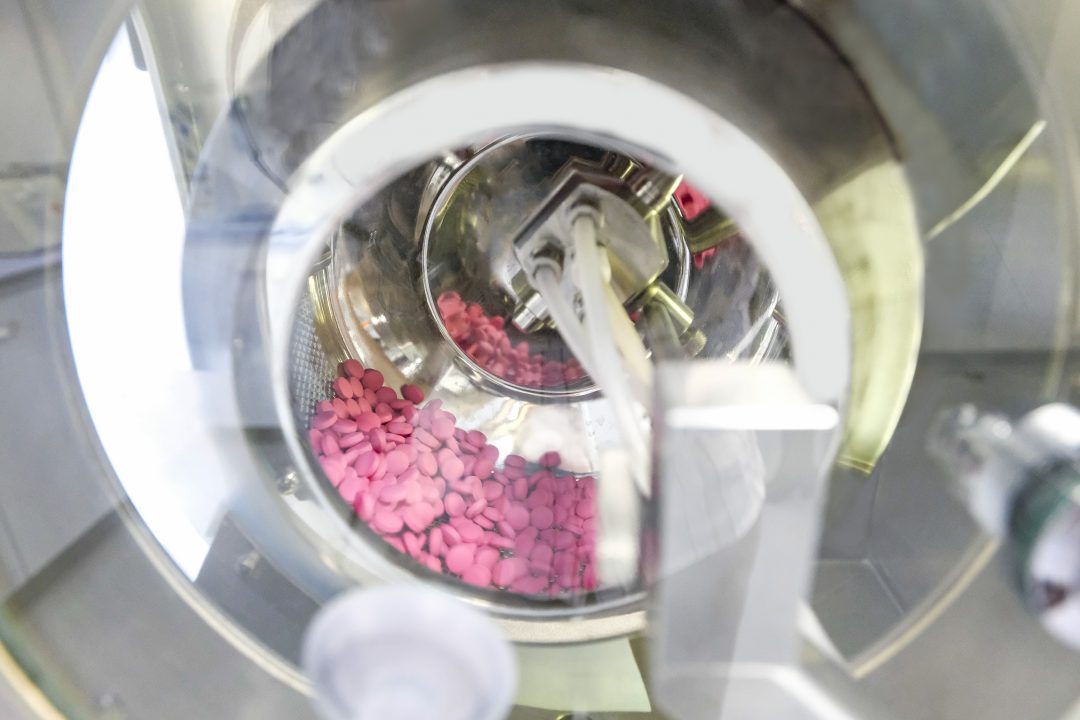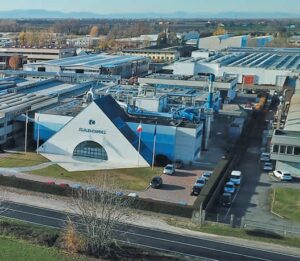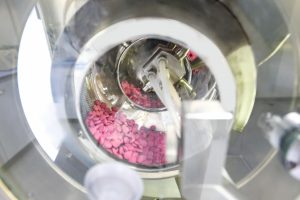As the global population ages and grows, the demand for medications is expected to rise significantly, requiring increased pharmaceutical production. A 2019 study highlighted that the pharmaceutical industry is more emission-intensive than the automobile sector, and heightened production will further strain the environment, threatening ecosystems and long-term human health. Therefore, it is essential for the pharmaceutical industry to adopt sustainable practices, not only to meet environmental regulations but also to achieve cost efficiency.
Several strategies can be employed to reach sustainability goals, including updating manufacturing processes, using environmentally friendly excipients, treating waste, and enhancing testing and predictive models. Although the journey towards sustainability can be challenging, exploring greener options can bring long-term benefits. While some initiatives, such as upgrading equipment, require significant upfront investment, they lead to cost savings in the long run by improving efficiency and reducing operational costs. A simpler approach is to switch to more sustainable raw materials. Since a zero-emission product requires zero-emission ingredients, excipient manufacturers are investing in cleaner production methods to provide eco-friendly solutions for the pharmaceutical industry.
Global Sustainability Efforts
Many of the global pharmaceutical companies pledged to achieve zero carbon emissions by 2050. Two key sustainable Development Goals (SDGs) for the pharmaceutical sector are Goal 3, which focuses on ensuring healthy lives for all, and Goal 12, which promotes sustainable consumption and production. Pharma companies have always been working towards Goal 3, but achieving sustainable production is more challenging, as it involves finding and implementing eco-friendly solutions in both processes and infrastructure. One practical approach is to use sustainable raw materials, improving production efficiency and minimizing resource use and waste generation. Since excipients, which are inactive ingredients in drug formulations, make up a significant part of the dosage, choosing sustainable excipients can play a crucial role in developing eco-friendly products.
Strategies for Sustainability in Pharma
- Reducing the Carbon Footprint
Efforts to lower the environmental impact during active pharmaceutical ingredient (API) synthesis have led to the adoption of green chemistry, which minimizes emissions and promotes safer chemicals. Green solvents and process innovations are helping manufacturers and suppliers reduce emissions and produce greener excipients. Clean energy and biodegradable materials in the production process also reduce the industry's carbon footprint. An example of process modification can be seen at the IMCD Pharmaceutical Technical Center, where a solvent-free, one-step green manufacturing process was developed for a Cetirizine ODT, reducing emissions and enabling continuous production.
- Minimizing Production Waste
Pharmaceutical production generates numerous by-products that can harm the environment. Reducing the number of steps in the manufacturing process can improve yields and reduce waste. For instance, specific aqueous-based cleaning solutions can effectively remove APIs from machinery, requiring fewer cleaning cycles, reducing water usage, and eliminating the need for harmful solvents.
- Utilizing Sustainable Excipients and Enhancing Processes
Sustainability is gradually being incorporated into formulation development, with a focus on using excipients from renewable sources that offer multifunctionality and high quality. While such excipients may initially be more expensive, they can reduce processing steps and improve overall stability, leading to greater efficiency. An example of this approach is a simplified production process for Apixaban coated IR tablet, where a multifunctional excipient eliminated several manufacturing steps, improving production speed and efficiency. A more efficient tablet coating process further enhanced the overall sustainability of the formulation.
- Embracing Digital and Data-driven Solutions
The pharmaceutical industry is increasingly adopting digital tools and data-driven approaches to improve sustainability. Tools like simulation software, statistical modeling, and electronic records can reduce resource use and speed up development. Automation and cloud-based platforms and electronic lab notebooks (as IMCD Alchemy) also enhance data accuracy and accessibility, facilitating faster product development and reducing environmental impact.
Conclusion
While many large pharmaceutical companies are embracing sustainable practices, smaller and mid-sized firms need to prioritize sustainability as well. As sustainability goals become part of regulatory requirements and Good Manufacturing Practices (GMP), the industry must adapt to align with the United Nations objectives. For new products, incorporating sustainability from the outset can streamline processes and make sustainability an integral part of the production system. Strong collaboration between API and excipient suppliers and their customers is crucial to developing cost-effective, sustainable solutions that benefit both the environment and patients.
References
- Belkhir L, Elmeligi A. Carbon footprint of the global pharmaceutical industry and relative impact of its major players. Journal of Cleaner Production. 2019 Mar 20;214:185-94.
- Belkhir L. Big pharma emits more greenhouse gases than the automotive industry. The Conversation. 2019 May 28;27.
- https://www.pharmasalmanac.com/articles/sustainability-in-pharmaceutical-manufacturing-a-cdmos-contribution
- https://pharma-trends.com/2021/04/08/towards-a-sustainable-future/
- https://pharma.nridigital.com/pharma_apr20/turning_pharma_green_an_eco-wish_list_for_the_industry
- Peake BM, Braund R, Tong AY, Tremblay LA. Green chemistry, green pharmacy, and life-cycle assessments. The Life-Cycle of Pharmaceuticals in the Environment. 2016:229-42.
- Kümmerer K. From a problem to a business opportunity-design of pharmaceuticals for environmental biodegradability. Sustainable Chemistry and Pharmacy. 2019 Jun 1;12:100136.
- Belkhir L, Elmeligi A. Carbon footprint of the global pharmaceutical industry and relative impact of its major players. Journal of Cleaner Production. 2019 Mar 20;214:185-94.
![]()



